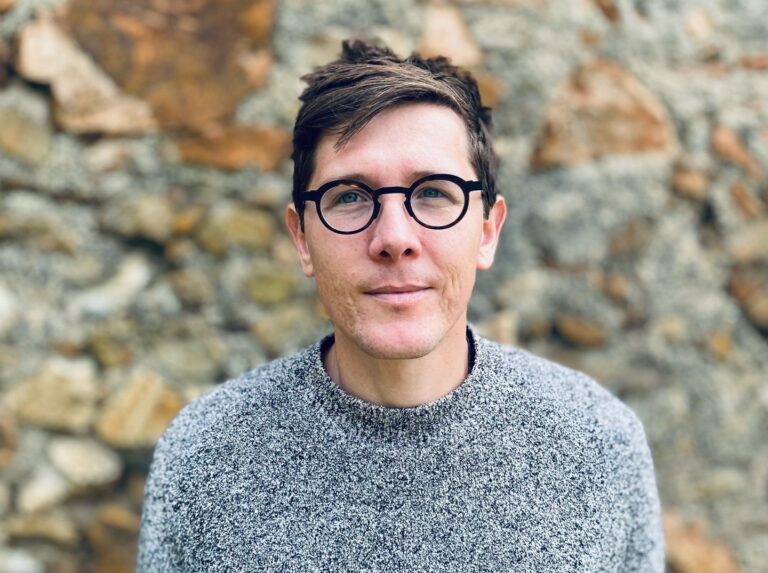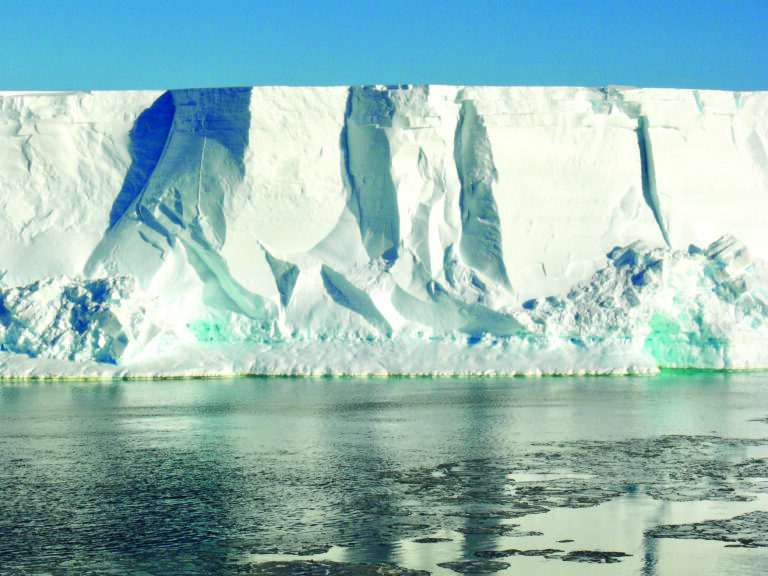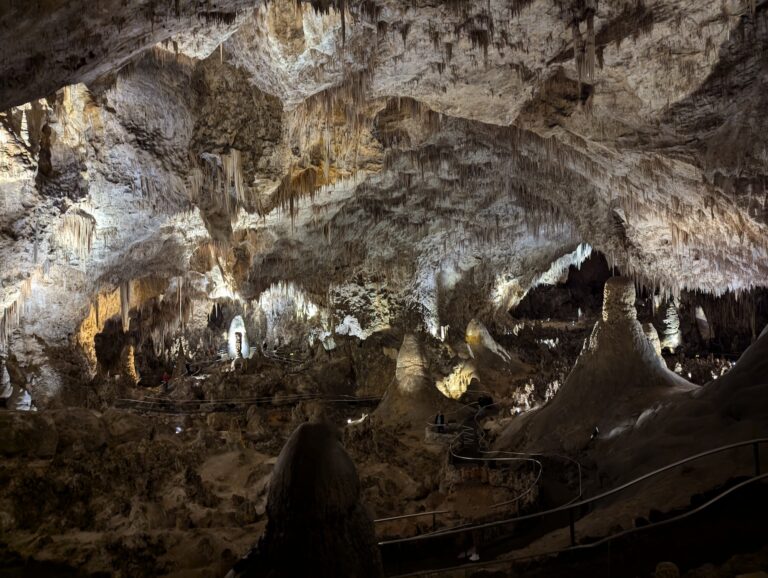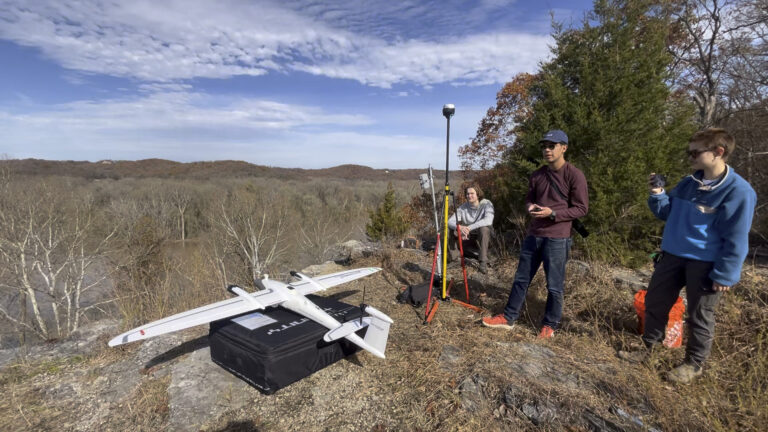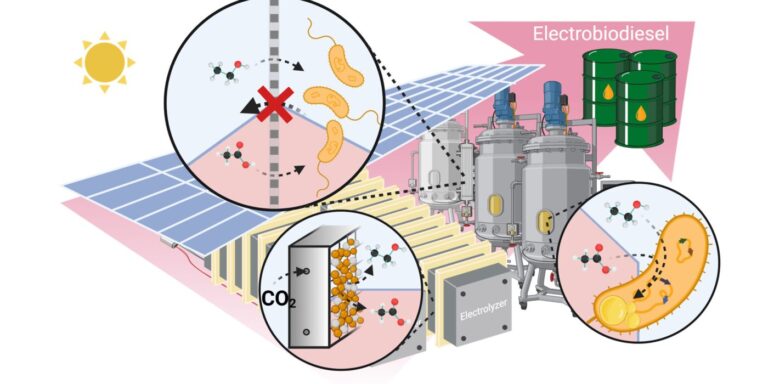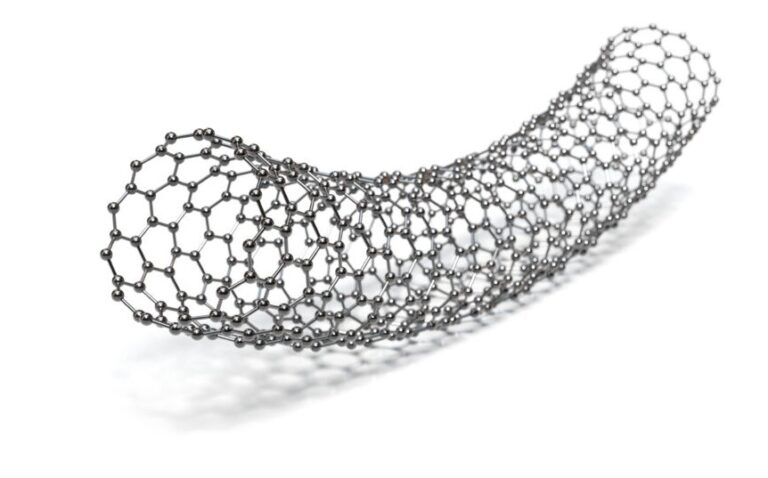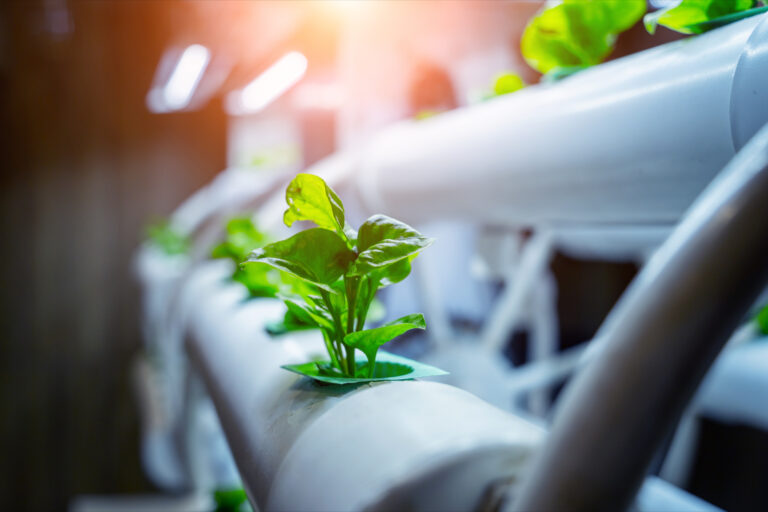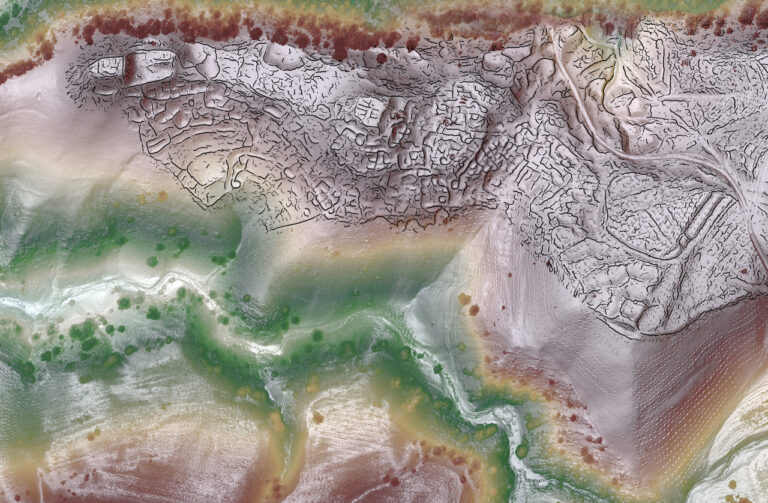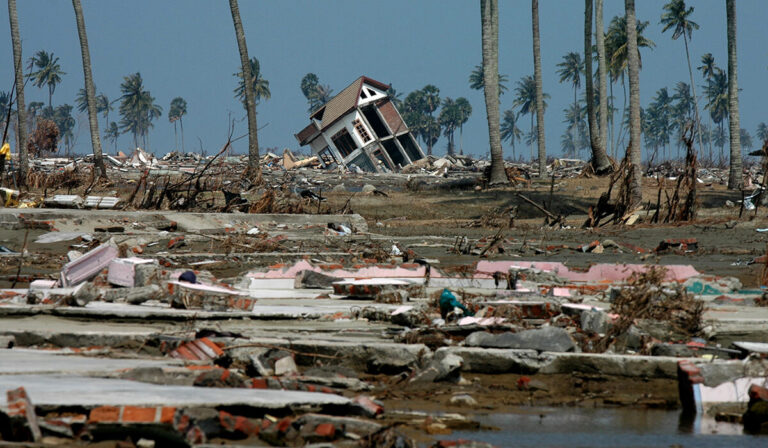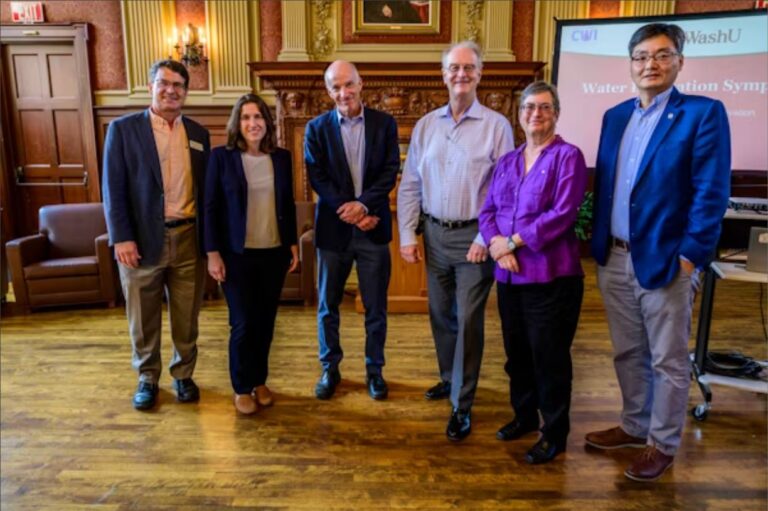Denizen Awarded Global Incubator Seed Grant
Assistant Professor Seth Denizen was awarded a Global Incubator Seed Grant for his collaborative project on wastewater urbanism with Christina Seibe at the National Autonomous University of Mexico.
Fire & Ice
From the icy ends of the Earth to the tropics, scientists across disciplines are using radar, big data, and other tools to help us better understand our changing planet.
Of the Cave: An Exploration into Our Relationship with American Caverns
Maddy Frank, science writer at WashU, chronicles her adventures funded by the Newman Exploration Travel Fund (NEXT), where she set off to South Dakota, Colorado, and New Mexico to discover more about our current relationship with caverns.
A high-tech way to track an age-old problem
Students in the “Geospatial Field Methods” course used drones to map flooding along the Meramec River.
Researchers create novel electro-biodiesel more efficient, cleaner than alternatives
WashU engineering professor Joshua Yuan and University of Missouri professor Susie Dai along with collaborators created biodiesel with electrocatalysis and bioconversion.
Converting CO2 to solid carbon yields benefits for batteries
WashU professor Xinhua Liang has received a $1.5 million grant from the Department of Energy to convert carbon dioxide into carbon nanotubes that could be used in lithium-ion batteries.
How to grow food without light
Feng Jiao and collaborators plan to grow food through carbon dioxide electrolysis.
High-res lidar exposes large, high-elevation cities along Asia’s Silk Roads
The first-ever use of cutting-edge drone-based lidar in Central Asia allowed archaeologists to capture stunning details of two newly documented trade cities high in the mountains of Uzbekistan.
Frachetti receives $2.4 million to study resilience in Asia-Pacific region
WashU has received a three-year $2.4 million grant from the U.S. Department of Defense to study societal resilience — how a society recovers from major shocks like the tsunami in Indonesia — in the Asia-Pacific region.
Water Innovation Symposium highlights advances in water research
Annual event fosters connections between faculty, students and industry professionals.
